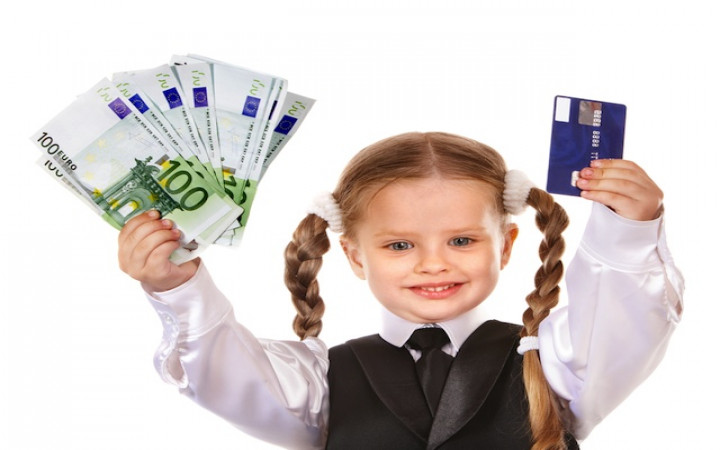Today’s Wonder of the Day was inspired by Shemaiah. Shemaiah Wonders, “How do Credit/Debit Cards work ?” Thanks for WONDERing with us, Shemaiah!
Instead of writing checks or paying in cash, many modern consumers pay for their purchases with debit or credit cards. A few decades ago, this wasn't the case. People needed cash and checks to pay for groceries, haircuts, dinners, movies, and other goods and services at the time they purchased them.
Credit cards have been around since the 1950s, and debit cards have been around since the 1970s. Despite their relatively young age, there are now more than a billion credit cards and debit cards tucked away in American wallets.
It may seem strange that a piece of plastic can pay for the same things as a crisp one hundred dollar bill, but most merchants gladly accept both. Let's find out how debit and credit cards work, and learn what gives plastic its purchasing power.
Debit cards are linked to a bank account. When you use your debit card, you give the merchant permission to make an electronic withdrawal from your bank account. When you go shopping with a debit card, the amount of each purchase is taken out of your account, and the money is used to pay the merchant.
In order to use a debit card, you must have enough money in your bank account to cover the cost of your purchase. If you buy a $15 book, you must have at least $15 in your account.
Credit cards and debit cards may look alike, but they don't work exactly the same. Credit cards are issued by banks and lenders. Unlike debit cards, which use money from your own bank account to pay for purchases, credit cards pay for purchases using money from the lender's account.
Each time you make a purchase with a credit card, it's like taking out a tiny loan from the bank that issued your card. When you accept the credit card, you agree that you will pay back the money you borrow from your lender each time you charge a purchase.
The bank keeps track of each purchase you make with your card and sends you a monthly statement telling you how much money you have charged on your card and what you need to repay.
When you receive your credit card bill, you have two options. You can pay the entire amount you owe, or you can pay part of the total.
If you pay only part of the total you owe, the bank will charge you an extra fee for borrowing its money. This is called “interest." Interest is typically a certain percentage of the total money owed on your credit card.
Let's look at another example. If your family bought $500 worth of groceries in one month using your debit card, $500 would be withdrawn from your bank account.
If you bought the same $500 worth of groceries using your credit card, however, no money would be withdrawn from your bank account. Instead, you would pay for that purchase using the bank's money.
At the end of the month, your credit card statement would arrive. The statement would show you had spent $500 to buy groceries using the bank's money.
You would have the choice of paying the entire $500 owed or only part of it. Let's say you pay $100, leaving a $400 balance on the credit card that you pay off the following month.
If your credit card has a 10 percent interest rate, you would also owe another $40 in interest (10 percent of the outstanding $400 balance). This $40 is added as payment for the convenience of using the bank's money to pay for your groceries when you first bought them.
That means that instead of a $500 shopping trip, your groceries actually cost $540 in the end.




